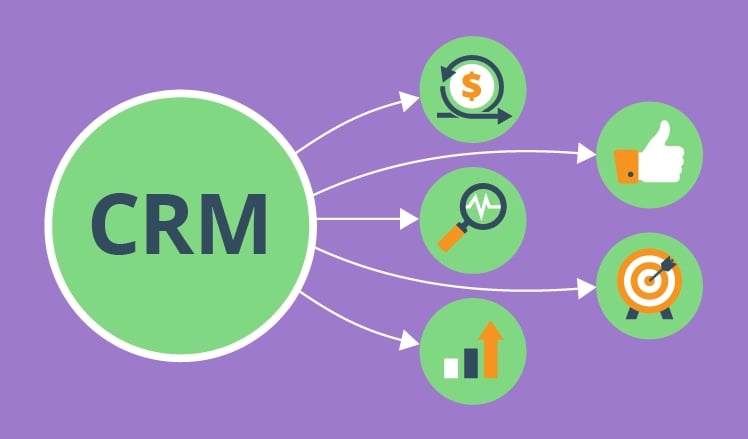CRM Strategy
2 min read


CRM (customer relationship management) strategy can involve several different tactics, here are some key elements that are critical to the success of any CRM strategy:
Creating a CRM team:
Create a dedicated team to manage the CRM strategy and ensure that all customer data is properly collected, analyzed, and utilized.
Collecting customer data:
This includes information such as contact details, purchase history, and preferences.
Segmenting customers:
Use the data collected to segment customers into different groups, such as high-value customers, frequent shoppers, and infrequent shoppers.
Personalizing communication:
Use the customer data and segmentation to personalize communication and marketing efforts. For example, send targeted email campaigns to different customer segments.
Enhancing the customer experience:
Use customer data to understand their needs and preferences and tailor the in-store experience accordingly.
Improving customer service:
Use customer data to improve the effectiveness of customer service interactions. For example, using purchase history to understand customer needs during a customer service call.
Use of AI technology:
Implement AI-based tools like chatbots to automate customer service, personalize marketing campaigns, and improve customer experience.
Personalized recommendations:
Use customer data to make personalized product recommendations to customers.
Omnichannel marketing:
Use a unified approach to reach customers across multiple channels, such as in-store, online, email, and social media.
Email marketing automation:
Automate email campaigns based on customer behavior, such as abandoned cart emails, purchase confirmation emails, and customer retention emails.
Measuring and analyzing results:
Regularly track and measure the success of the CRM strategy and make adjustments as needed.
Loyalty programs:
Implement a loyalty program to incentivize repeat customers and gather valuable data on customer purchase behavior to enrich the CRM data analytics.
Social media listening:
Monitor social media platforms for mentions of the business and customer feedback, and respond accordingly to build a positive relationship with customers.
Cross-selling and up-selling:
Use customer data to identify opportunities for cross-selling and up-selling products and services.
Surveys and feedback:
Regularly collect customer feedback through surveys and use the information to improve products, services and the overall customer experience.
Community building:
Create and foster a sense of community among customers through events, social media groups, or other initiatives.
Predictive analytics:
Use data to predict customer behavior and preferences, and use this information to improve marketing efforts, customer service interactions, and product development.
Continuously monitor and adapt:
Continuously monitor the effectiveness of the CRM strategy and make changes as needed. Stay up-to-date with the latest CRM technologies and best practices.
